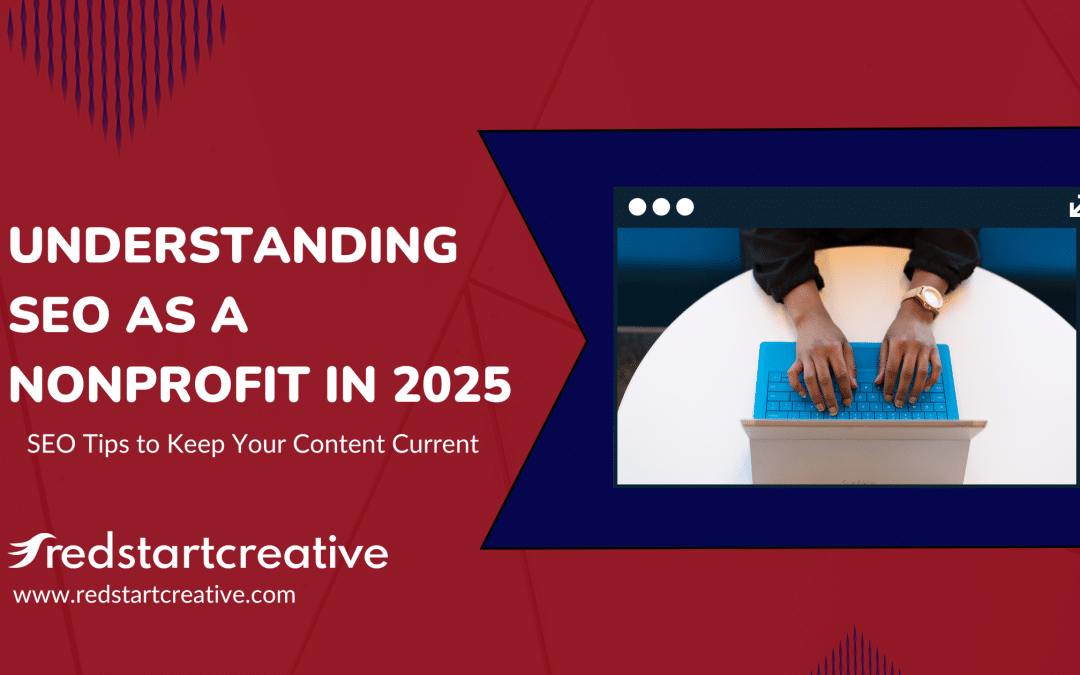Once your organization has identified the audience it wants to engage with and the social media platforms that are best suited for its cause, it’s time to think about how to effectively build a sustainable and successful social media strategy. Here are some questions your organization can consider in order to successfully use social media to its maximum potential.
What do you need from Social Media? This an internal conversation that needs to be thought through. Just simply saying that you’d like more followers or supporters isn’t enough- try and be a little more specific. Maybe you’d like more exposure of your organization’s brand or maybe you’d like to boost engagement among your followers. Maybe you’d like more traction for your fundraising efforts and, simply put, more donations would be greatly appreciated. Make a detailed list of all your objectives and then try and whittle them down to 2 or 3 realistic goals that you can feasibly achieve.
What do your metrics look like? Love or them or hate them but analytics are essential when it comes to monitoring how your organization is doing on social media platforms. Fortunately, most platforms have their own analytics that you can use to check up on how your website is performing. Focus on the metrics that matter to your organization and the Key Performance Indicators (KPIs), such as clicks, likes, shares, comments, etc that are aligned with your goals. The numbers you receive will help you fine-tune your content and help you understand who you’re reaching, when, and why.
What do you post? This depends on the organization, but for non-profits, it can be an opportunity to shine and show your human side, while still being timely. In fact, posting relevant content that speaks directly to current world events and movements can be a surefire way to getting your supporters listening to your perspective and perhaps even re-posting or sharing it on their own profile. You may also want to check out what other peer organizations are doing, in terms of their social media marketing strategies. This is not to say that you should copy their techniques- on the contrary. Taking a look at what other non-profits in your field are doing can help hone ways in which you can truly stand out. This leads to the final question-
When is the best time to post? Frequency is key and having a calendar of scheduled posts ready at a moment’s notice will help your organization stay on track and avoid repetitive themes and subject matter. Non-profit organizations benefit from having a loyal audience and keeping them in the loop at all times will make sure you stay on their radar and keep you relevant. Avoid posting banal content for the sake of posting content. Instead, start a conversation, ask a question, or even begin a hashtag trend on a topic you know (from analyzing your metrics) has received a great deal of attention. Interaction is always great to promote among your user base and the results can be positively surprising, especially when your audience starts to ask you questions! Just don’t forget to answer back!
To see how you can fully develop a successful social media strategy, check out our Ultimate Guide to Social Media for Nonprofits or reach out to our Redstart Creative digital marketing team who can guide you through some of our tried and tested tactics and help you achieve your goals for the year.



